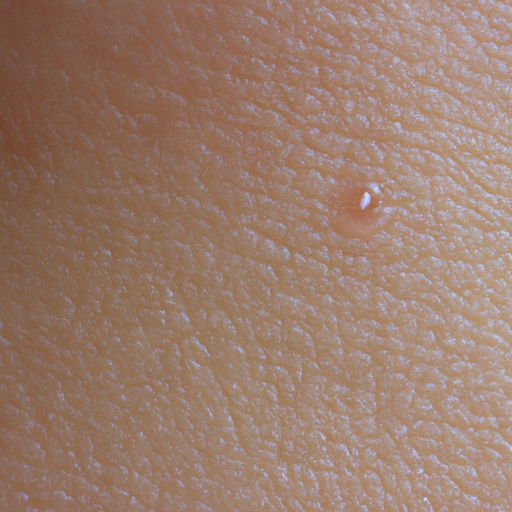As a medical professional, I am often confronted with patients grappling with the dual challenge of dry and oily skin. This condition, known as combination skin, is characterized by an oily T-zone (forehead, nose, and chin) and dry or normal skin on the rest of the face. It is a common skin type, but its management can be quite tricky. However, with the right skincare regimen and lifestyle changes, it is possible to maintain a healthy balance.
The first step in managing combination skin is understanding its cause. The oiliness in the T-zone is due to overactive sebaceous glands that produce excess sebum, while the dryness in other areas is due to underactive sebaceous glands. Hormonal fluctuations, environmental factors, and genetics can all contribute to this condition.
To tackle this dual challenge, a tailored skincare routine is essential. It is crucial to cleanse your face twice daily with a gentle, non-drying cleanser to remove excess oil without stripping the skin of its natural moisture. Avoid harsh soaps and alcohol-based products as they can cause dryness and irritation.
Exfoliation is another key step in managing combination skin. It helps remove dead skin cells that can clog pores and lead to breakouts. However, it should be done sparingly (once or twice a week) to prevent over-drying the skin. Use a mild exfoliant that is suitable for sensitive skin.
Moisturizing is equally important for combination skin. While it may seem counterintuitive to apply moisturizer on oily areas, it is necessary to keep the skin hydrated and prevent overproduction of oil. Opt for a lightweight, oil-free moisturizer that won’t clog pores. For dry areas, a heavier moisturizer may be needed.
In addition to skincare, lifestyle changes can also help manage combination skin. A balanced diet rich in fruits, vegetables, and lean proteins can promote healthy skin. Drinking plenty of water can help maintain skin hydration. Regular exercise can improve blood circulation and promote skin health. Avoiding stress, getting enough sleep, and limiting alcohol and caffeine intake can also help balance the skin’s oil production.
It is also important to protect your skin from the sun. Excessive sun exposure can lead to dryness and premature aging. Use a broad-spectrum sunscreen with an SPF of at least 30 and wear protective clothing when outdoors.
In conclusion, managing combination skin requires a balanced approach that addresses both dryness and oiliness. It involves a tailored skincare routine, healthy lifestyle changes, and sun protection. It may take some trial and error to find what works best for your skin, but with patience and consistency, it is possible to achieve a healthy, balanced complexion.
Remember, every individual’s skin is unique, and what works for one person may not work for another. If you’re struggling with combination skin, don’t hesitate to seek advice from a dermatologist or skincare professional. They can provide personalized recommendations based on your specific needs and skin type.



